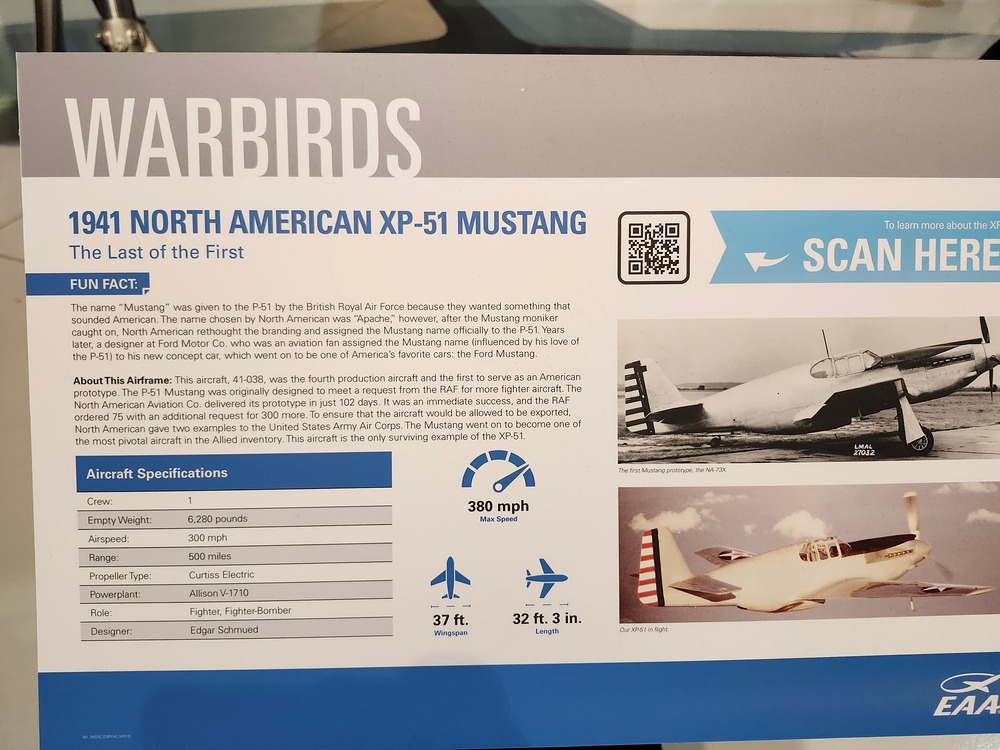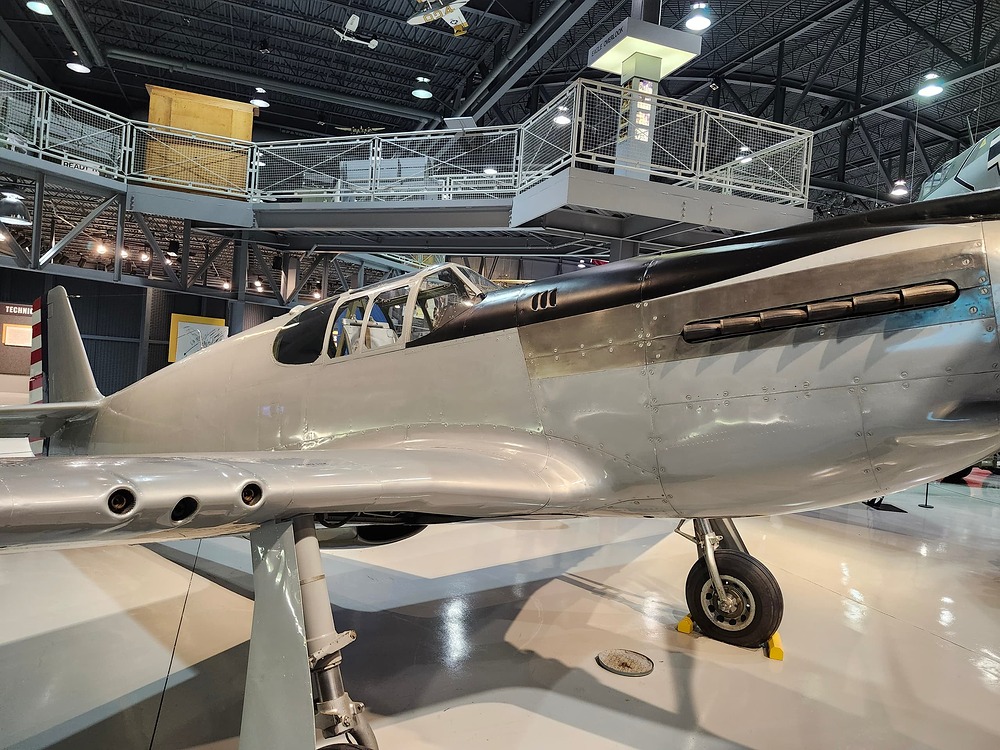History
Background
Before 1940, Great Britain urgently required large quantities of military equipment, with fighter aircraft being a top priority for the nation’s defense. Just before the fall of France, representatives from the Anglo-French Purchasing Commission traveled to America seeking additional P-40s from Curtiss. However, Curtiss’ production facilities were already operating at maximum capacity. This situation prompted the British delegation to approach North American Aviation with a proposal to manufacture P-40s under license.
Dutch Kindelberger, president of North American Aviation, considered but ultimately rejected producing another company’s design. Instead, he proposed developing an entirely new fighter that would outperform the P-40 while utilizing the same Allison V-1710 engine. This was particularly ambitious since North American had no prior experience designing fighter aircraft and promised to deliver the new plane within 120 days.
The resulting NA-73 design was formally proposed in January 1940 for the production of 320 aircraft. After review, the British Purchasing Commission approved the design on April 24, 1940. From initial sketches made in a New York hotel room, the first NA-73X prototype was completed by September 9, 1940, just 127 days later. Following ground tests, the aircraft successfully took flight on October 26, 1940.
The production version, designated Mustang Mk.I, incorporated several design improvements over the prototype. The first operational model rolled off the assembly line on April 16, 1941, with its maiden flight occurring one week later. Flight tests confirmed the Mustang’s superiority over the P-40, and by April 1942, the RAF declared their Mustangs combat-ready.
USAAC Procurement
Contrary to some accounts, the US Army Air Corps showed early genuine interest in the design of the British Mustang. When Lieutenant Benjamin Kelsey, an aeronautical engineer and USAAC official, learned of the British contract on May 4, 1940, he arranged for two aircraft from the initial production batch to be diverted for testing at Wright Field. Kelsey recognized the significance of the NA-73’s laminar flow wing design. Consequently, the fourth and tenth production Mustang Mk.Is were reallocated as XP-51 test aircraft, arriving at Wright Field in August and December 1941, respectively.
Testing officially occurred between October 8 and December 22, 1941, though weather and scheduling delays slowed the process. The XP-51 demonstrated exceptional performance at low-to-medium altitudes, outperforming the P-40 and receiving enthusiastic praise from test pilots.
Both XP-51s retained the British Mustang’s armament configuration initially, three machine guns per wing plus two nose-mounted .50 caliber guns, though with American equipment standards. The second prototype later received an experimental Bendix Corporation automatic gun charging system and was sent to Eglin Field for weapons testing, where four 20mm cannon were eventually selected for what would become the first P-51 production model.
Today, only one XP-51 (41-038) survives. After being transferred to the Smithsonian Institution’s National Air and Space Museum and undergoing restoration in 1976, it now resides at the EAA Aviation Museum in Oshkosh, Wisconsin, registered as N51NA.









